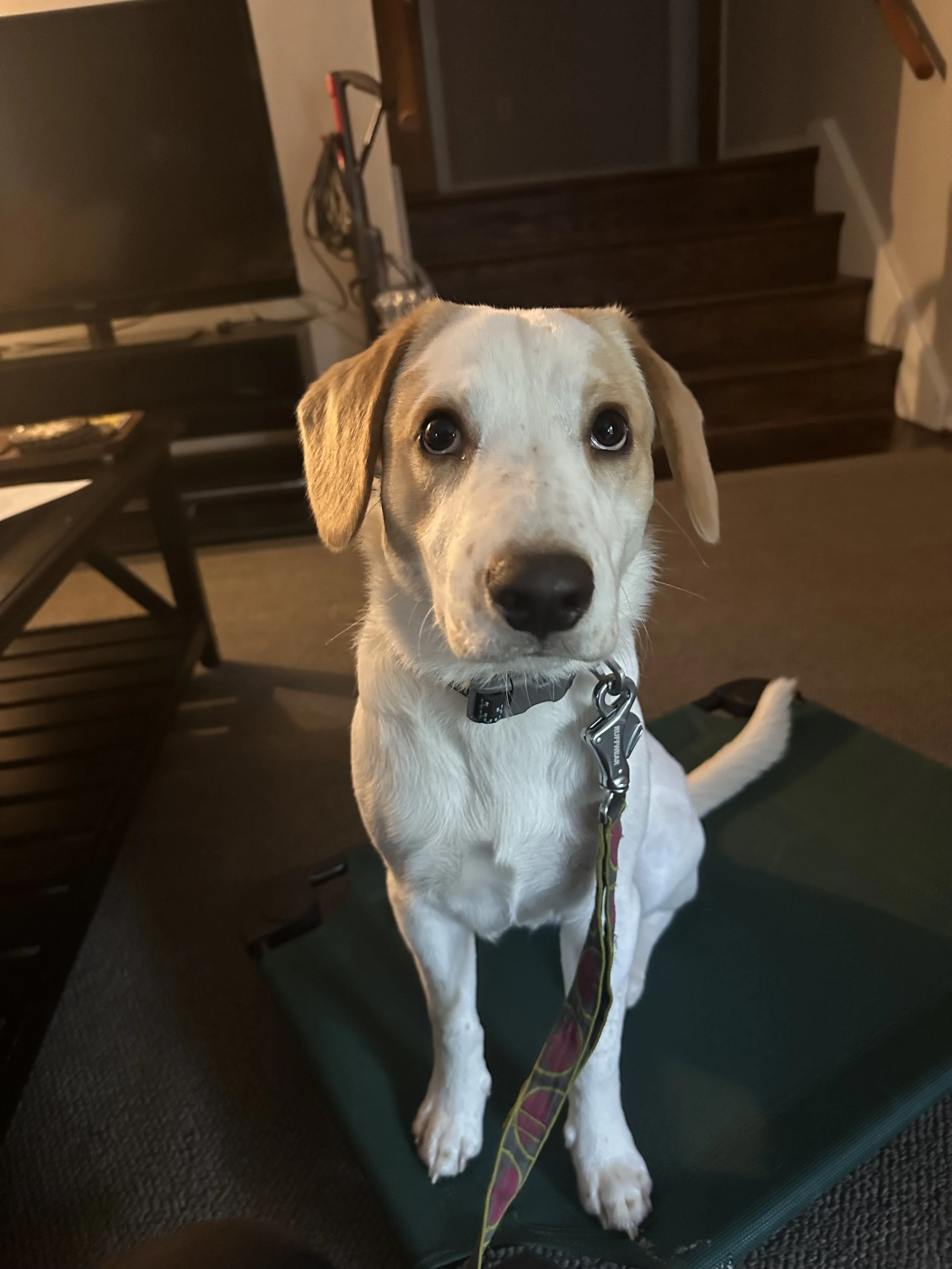Training a dog is a rewarding experience, both for the pet and the owner. At its core, dog training is about communication, understanding, and trust. But behind the scenes, there are underlying psychological principles that guide effective training methods.
Two fundamental approaches in understanding animal behavior are classical conditioning and operant conditioning. While these terms might sound complex, their concepts are integral in shaping how dogs learn and behave.
Let’s explore what classical and operant conditioning are and how they play a crucial role in helping your dog learn.
Classical Conditioning: Simplicity in Associations
Classical conditioning, a concept pioneered by Ivan Pavlov, is a straightforward method of learning through association. It revolves around creating a link between a neutral stimulus and an involuntary response.
Perhaps the most famous example of classical conditioning is Pavlov’s experiment with dogs, where a bell was rung just before the presentation of food. Over time, the dogs learned to associate the bell with food, eventually salivating at the sound of the bell alone.
In practice, classical conditioning in dog training often involves pairing stimuli to create simple behavioral responses.
For instance, if you consistently pick up your dog’s leash before going for walks, your dog will start to anticipate the walk and get excited as soon as they see you reach for the leash. This type of conditioning is crucial for creating predictive cues that help dogs understand what might happen next, making it particularly effective for simple, day-to-day behaviors and establishing routine expectations.
Operant Conditioning: The Complexity of Behavioral Consequences
Operant conditioning is a more complex form of learning that involves understanding the consequences of a behavior and adjusting that behavior accordingly. This approach was developed by B.F. Skinner and necessitates a deeper understanding of the four quadrants of learning: positive reinforcement, positive punishment, negative reinforcement, and negative punishment.
Let’s break it down:
Positive reinforcement involves adding a stimulus to increase a behavior, such as giving a treat when a dog sits on command.
Positive punishment involves adding a stimulus to decrease a behavior, like a squirt of water when a dog jumps on guests.
Negative reinforcement entails removing an aversive stimulus to increase a behavior, such as loosening a tensioned leash when a dog stops pulling.
Negative punishment involves removing a pleasant stimulus to decrease a behavior, like turning away when a dog seeks attention by jumping.
These elements of operant conditioning allow you to build more complex behavior chains. This approach is key for tasks requiring sustained focus and obedience, such as loose leash walking, agility training, and ensuring good manners when visitors arrive at the door.
Harnessing Both Conditioning Methods for Effective Training
The most successful dog training programs integrate both classical and operant conditioning methods. Classical conditioning helps establish basic associations and stabilize a dog’s environment, while operant conditioning refines behaviors and develops more intricate responses.
Consider a scenario where you’re training your dog to respond politely when guests arrive. Classical conditioning could be used to desensitize your dog to the doorbell by gradually exposing them to the sound while they’re in a calm, relaxed state. Operant conditioning would then layer more structured behavior patterns, such as rewarding your dog for sitting quietly or going to a designated spot when the doorbell rings, ensuring that your pet performs desired actions reliably every time guests arrive.
Using all the available tools in conditioning provides clearer communication with your dog, ensuring more reliable and complex behavior chains. Such a comprehensive approach enhances the training experience, resulting in a well-adjusted pet that integrates harmoniously into your lifestyle.
Train Your Dog Properly With Nova Pack Dog Training
If you’re looking to deepen your understanding and improve your dog’s behavior using these conditioning techniques, consider professional guidance and support to do it properly. At Nova Pack Dog Training, we specialize in tailoring training programs that incorporate both classical and operant conditioning, allowing your canine companion to flourish. Contact us today to schedule a consultation to begin your journey toward a better-behaved pup!




